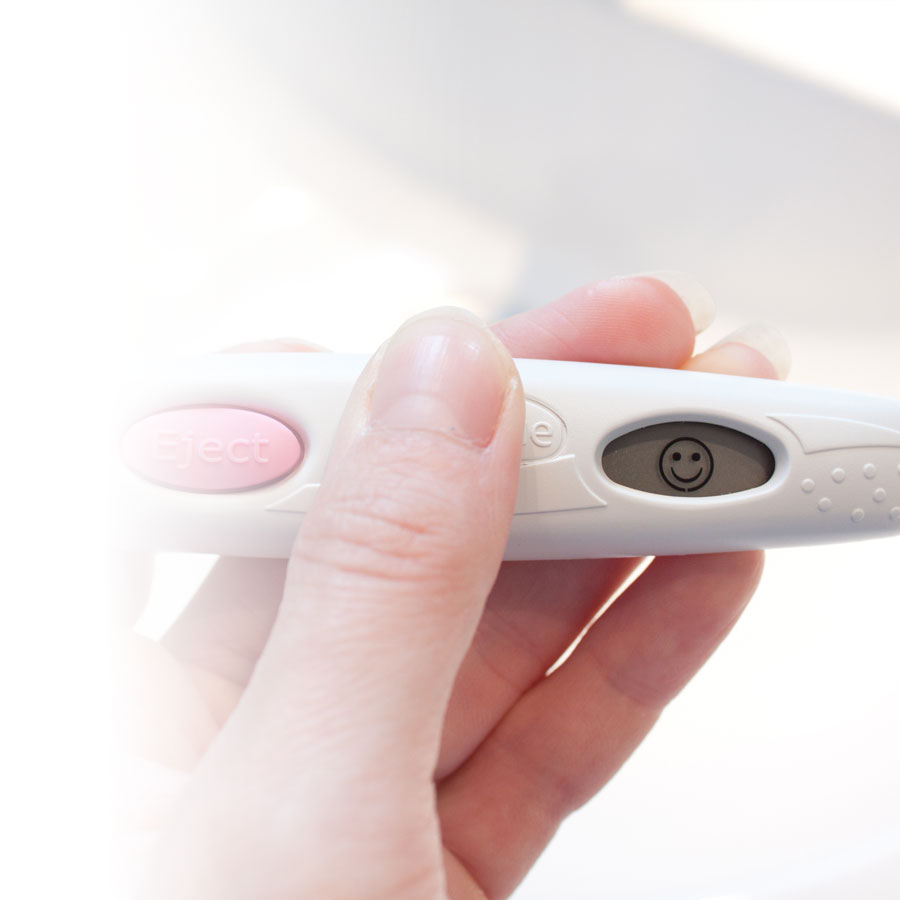It is easier to get pregnant when you can identify your fertile period. This is possible thanks to an ovulation test.
The Reproductive Process
Procreation begins with conception during the sexual act, continues through pregnancy and ends with childbirth.
Ovulation is the period in a woman's menstrual cycle when an ovary releases an egg into the fallopian tube. After the ejaculation of the man during intercourse, a veritable race of millions of spermatozoa follows with only one goal: fertilization.
A pregnancy occurs if a sperm (winner) successfully penetrates the egg. Once fertilized, the egg is called a zygote. It is the first cell of a future baby. The zygote migrates to the uterus and the pregnancy begins.
While there is nothing more natural than procreation, for some people it can be a challenge. There are many reasons why fertility can be difficult, and in some cases, impossible.
THE FEMALE FERTILITY PERIOD
In some animals, the fertile period can be clearly identified by various signs. In humans, it is more subtle. Although some signs or symptoms can be observed in women during the ovulation phase (pain in the abdomen or breasts, slight blood loss, increased sexual desire, etc.), it often goes unnoticed. Therefore, it can be difficult to know when is the best fertility window.
The menstrual cycle varies from one woman to another, but on average it lasts from 21 to 45 days. Each new cycle begins on the first day of menstruation. While a fertile man is fertile every day, a woman's fertility is more cyclical. Ovulation usually occurs between the 11th and 21st day of the cycle. The fertility window extends from the last days of the follicular phase (3 days before ovulation) until about 24 hours after. Therefore, it lasts about four days.
It is possible to detect the fertile period owing to ovulation tests. Couples can thus know when sexual activity is conducive to conception.
HOW OVULATION TESTS WORK
In the days leading up to ovulation, the body releases much larger amounts of the female hormones estrogen and luteinizing hormone (LH). Ovulation tests measure the concentration of LH in the urine with a strip or stick.
About 24 to 36 hours before ovulation, the LH concentration is at its peak. Testing should be done several days in a row to determine when ovulation will occur and, therefore, the best time to have intercourse.
OPTIMAL USE OF OVULATION TESTS
Various brands of ovulation tests are available over the counter at the pharmacy. They are usually located near pregnancy tests.
For ovulation tests to give reliable results, they must be used correctly. Here are some tips on how to use them.
- First, determine the length of your menstrual cycle. Start counting on the first day of your period and stop on the first day of your next period.
- Take an average if the length varies slightly from month to month.
- Next, determine when the first test was performed. It is generally recommended that you subtract 16 to 18 days from the length of your cycle. However, rely on the manufacturer's recommendations, which are usually very clear.
- Do the test over several days, around the same time of day (not necessarily in the morning when you get up).
- To avoid waste, target the days you will test. There is no point in doing it every day of your cycle, for example.
- Avoid drinking a lot of fluids in the two hours before the test. Also, avoid urinating during this time.
- Before performing the first test, please read the instructions carefully.
- Do not open the product package until you are ready to perform the first test.
- Do not use a test if it has expired or if it has not been stored properly (e.g., if it has been exposed to extreme temperature).
- Once you have identified when you are ovulating, if you want to increase your chances of becoming pregnant, plan to have intercourse within 24 to 36 hours.
- If ovulation has not been detected for several menstrual cycles, speak to your doctor for an assessment of your situation.
- Never use an ovulation test as a birth control method. It is not considered to be effective.
Speak to your pharmacist for additional information about ovulation tests.

